What are the 3 types of dental implants?
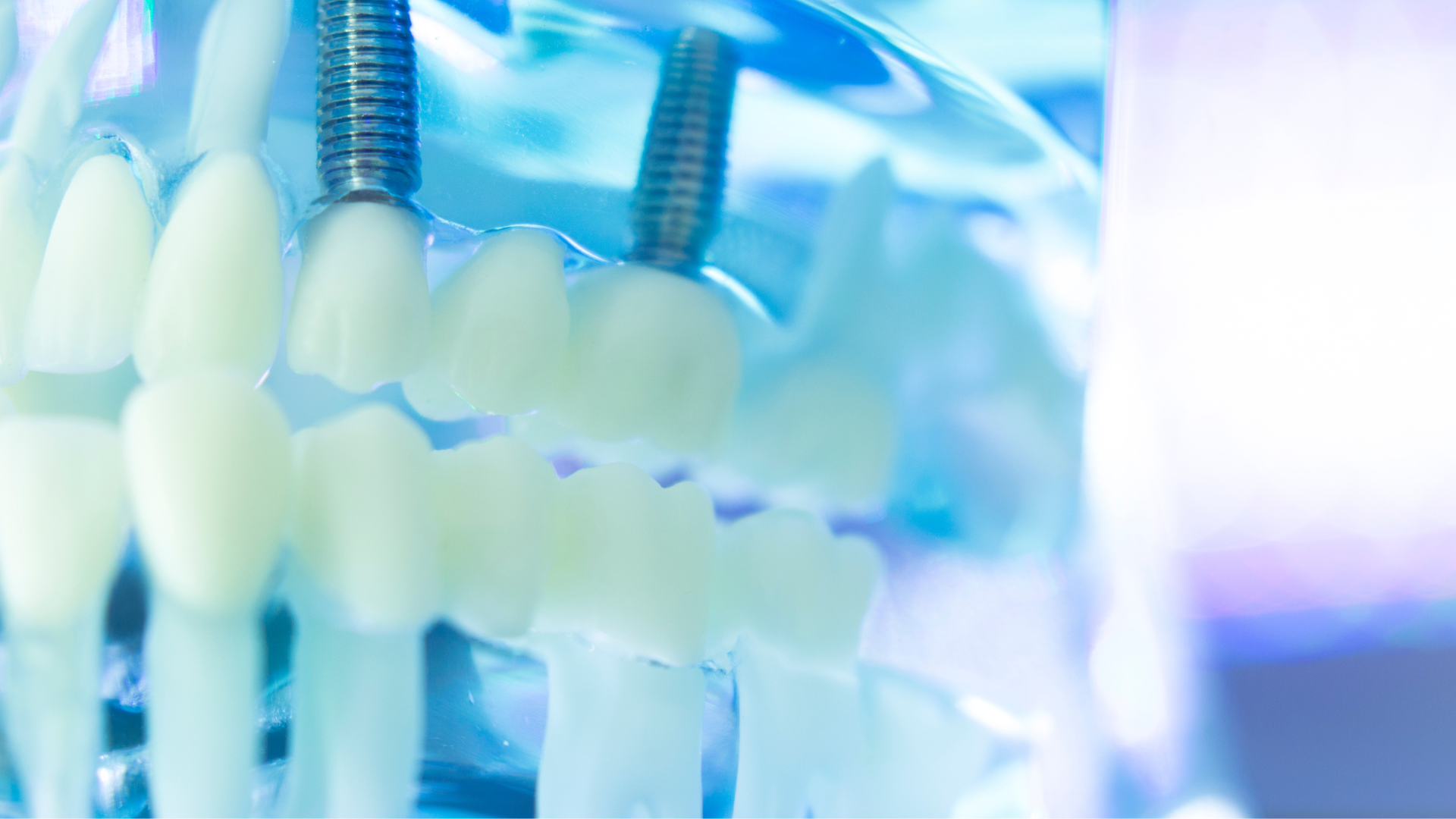
1. Endosteal Implants
Endosteal implants are the most commonly utilized type of dental implants, offering a reliable and long-lasting solution for tooth replacement. They are surgically placed directly into the jawbone, where they integrate with the natural bone, providing a stable base for crowns, bridges, or dentures.
Endosteal implants are typically made of titanium, a material known for its strength and compatibility with the body, ensuring the success and durability of the implant.
Patients considering endosteal implants should consult with a dental professional, such as a DMD (Doctor of Dental Medicine), to determine if they are suitable candidates. The procedure involves multiple stages, including the surgical insertion of the implant post, a healing period, and the attachment of an abutment and artificial tooth.
Factors influencing the choice between endosteal and other types of implants include oral health, bone structure, and personal preferences. It's important to discuss these aspects with a dental expert who can guide you through the decision-making process and the subsequent steps of the implant procedure.
2. Subperiosteal Implants
Subperiosteal implants offer a distinct alternative for those who may not have the bone density required for endosteal implants or wish to avoid bone grafting. These implants rest on top of the jawbone beneath the gum tissue, utilizing a custom-fitted metal framework with posts that emerge through the gums to anchor the prosthetic teeth.
Subperiosteal implants are considered less invasive and can be a viable option for tooth replacement, especially in patients with insufficient jawbone height. The placement of these implants is unique as they sit under the gum and on or above the jawbone, providing a solution for those unable to undergo bone augmentation.
The adaptability of subperiosteal implants makes them particularly beneficial for patients with minimal bone height, offering a tooth replacement solution that diverges from traditional methods.
Factors influencing the choice between subperiosteal and endosteal implants include oral health, bone structure, and personal preferences. Technological advancements have expanded implant options, with materials like zirconia offering esthetic benefits due to their tooth-colored appearance.
3. Zygomatic Implants
Zygomatic implants are a specialized form of dental implant designed for patients with significant bone loss in the upper jaw. Unlike traditional implants that rely on the jawbone for support, zygomatic implants are anchored in the zygomatic bone, also known as the cheekbone. This innovative approach allows for a stable foundation for prosthetic teeth without the need for extensive bone grafting.
Zygomatic implants provide a solution for those who cannot undergo conventional implant procedures due to insufficient bone density. By utilizing the zygomatic bone, these implants ensure a secure attachment for the dental prosthetic, restoring essential functions like chewing and speaking.
Rolling Hills Dental, zygomatic implants are recognized for their ability to cater to patients with inadequate upper jawbone, thus avoiding additional surgical interventions. Here's a brief overview of their advantages:
- Offer a stable foundation for prosthetic teeth
- Suitable for patients with severe upper jaw bone loss
- Avoid the need for extensive bone grafting
- Allow for quick placement and recovery
Zygomatic implants represent a significant advancement in dental implant technology, providing hope and improved quality of life for patients with complex dental needs.
Frequently Asked Questions
-
What are the three main types of dental implants?
The three main types of dental implants are endosteal implants, subperiosteal implants, and zygomatic implants.
-
What is the most common type of dental implant?
The most common type of dental implant is the endosteal implant, which involves securing a small titanium post to the jawbone.
-
How do subperiosteal implants differ from endosteal implants?
Subperiosteal implants rest on top of the jawbone beneath the gum tissue, which is different from endosteal implants that are placed directly into the jawbone.
-
Who is a good candidate for zygomatic implants?
Zygomatic implants are suitable for patients with inadequate upper jawbone who cannot have conventional dental implants without bone grafting.
-
What materials are commonly used for dental implants?
Dental implants are commonly made from titanium, but materials like titanium-zirconium or zirconia are also used.
-
What is the success rate of dental implants?
The success rate of dental implants is generally high, but it can vary depending on several factors including the type of implant and the patient's oral health.
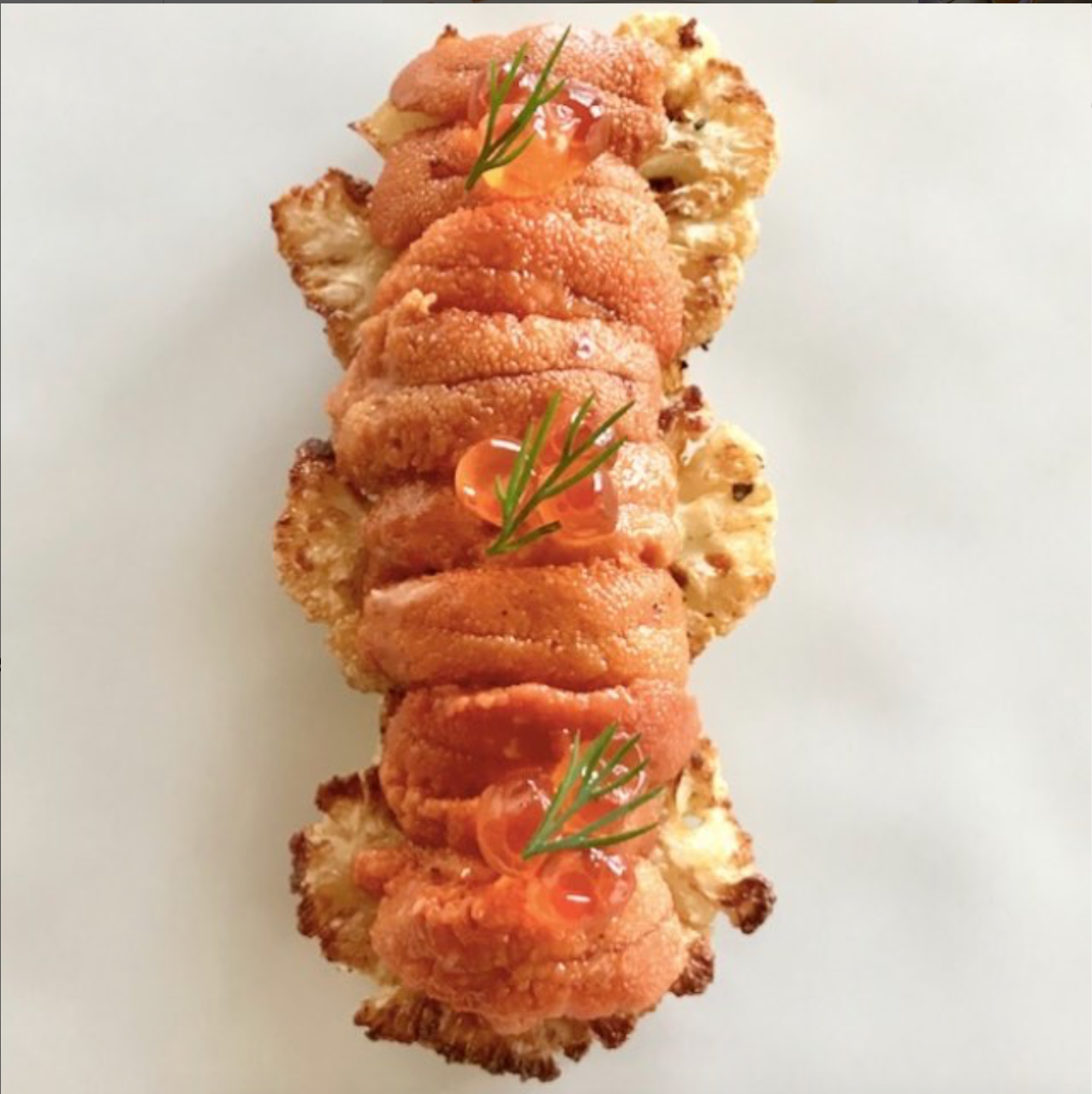
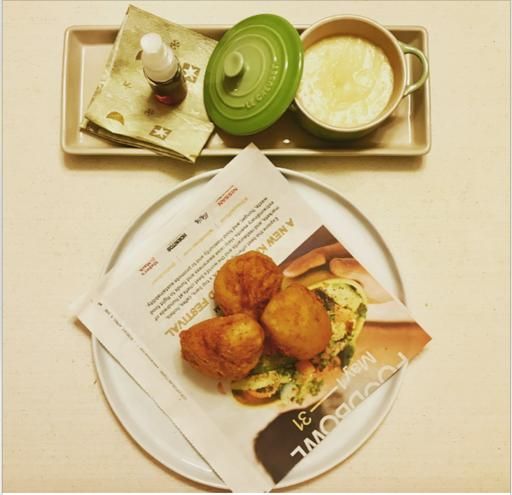
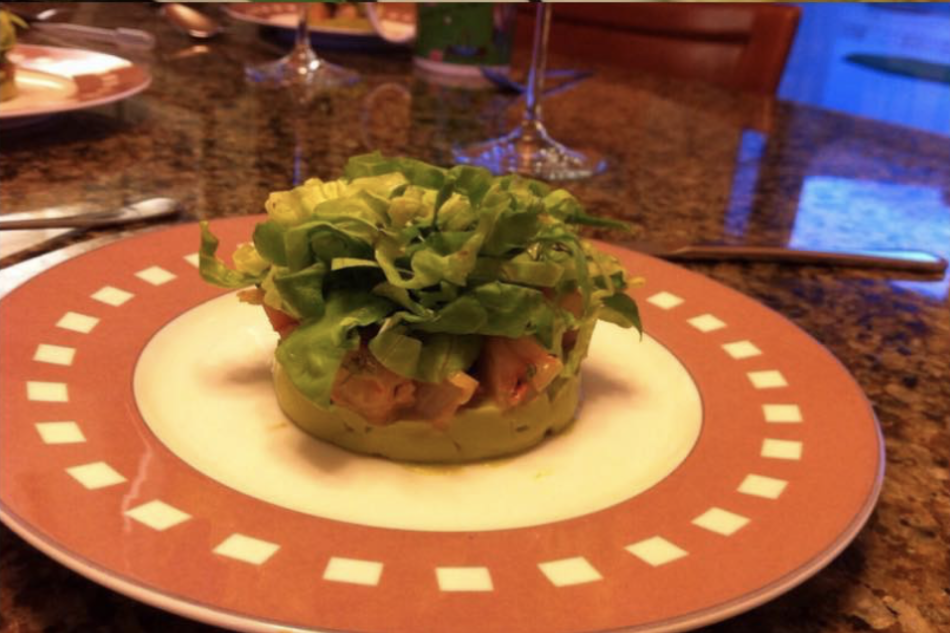
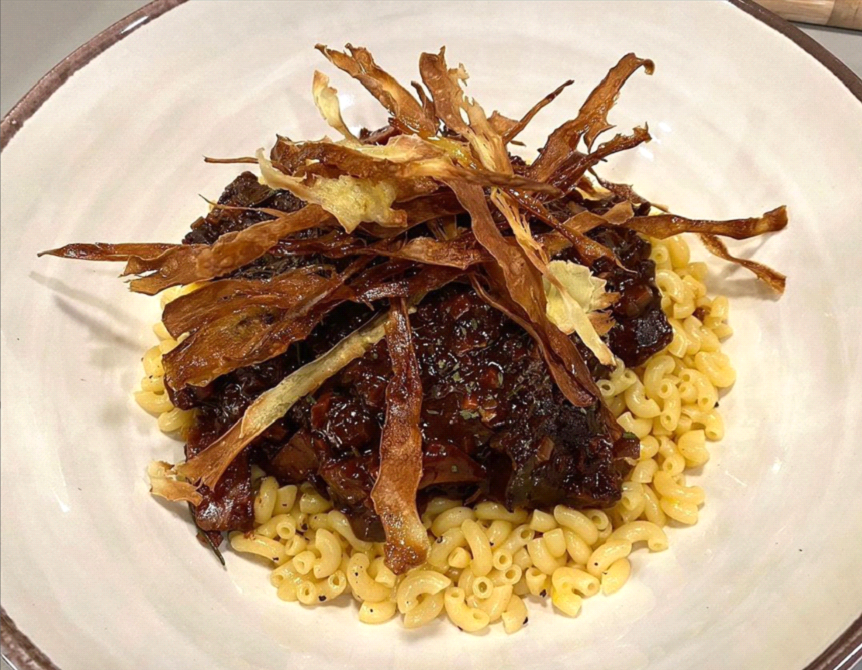
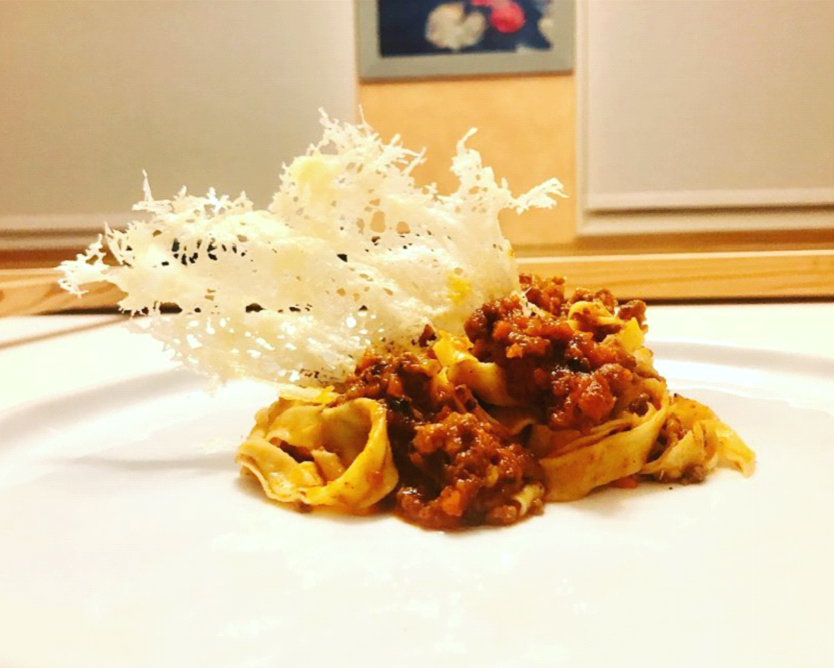
Hours & Address
MONDAY: CLOSED
TUESDAY: 8 AM - 5 PM
WEDNESDAY: 8 AM - 5 PM
THURSDAY: 8 AM - 5 PM
FRIDAY: 8 AM - 3 PM
Navigation Links
All Rights Reserved | DR. CHAN DENTISTRY | SITE MAP | PRIVACY POLICY | TERMS & CONDITIONS


